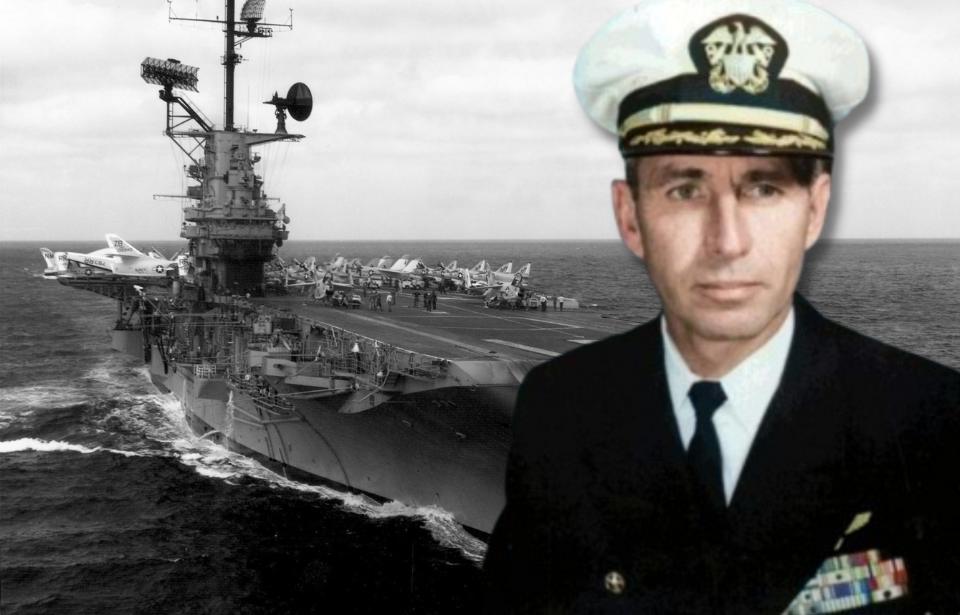For hardcore fans of The Doors, it’s relatively well-known that lead singer Jim Morrison‘s father was a flag officer in the US Navy. A lesser-known fact is that his father, Capt. George Stephen Morrison, commanded the Carrier Division during the Gulf of Tonkin Incident, which famously gave the Johnson Administration the justification it needed to escalate the Vietnam War.
George Stephen Morrison’s early military career
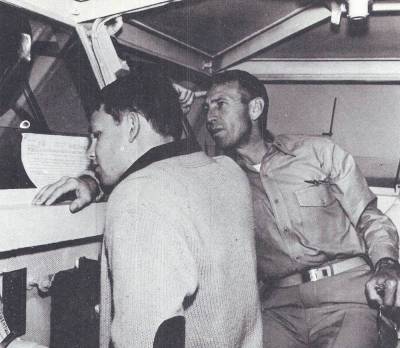
George Stephen Morrison was born on January 7, 1919 in Rome, Georgia. He graduated from the US Naval Academy in 1941, after which he was sent to Hawaii to join the crew of the light minelayer USS Pruitt (DM-22). He was present at Pearl Harbor when the Japanese launched their surprise attack on December 7, 1941.
After completing several combat deployments as a surface warfare officer, Morrison attended flight school. After graduating from the Naval Air Station Pensacola, Florida in 1944, he flew combat missions over Wake Island and Honshu, Japan in the last year of the Second World War.
Following the conflict, Morrison served as an instructor for secret nuclear-weapons projects in Albuquerque, New Mexico. During the Korean War, he was assigned to the joint operations center in Seoul, and he later earned the Bronze Star for his role in combat operations against the North Korean and Chinese forces.
Gulf of Tonkin Incident
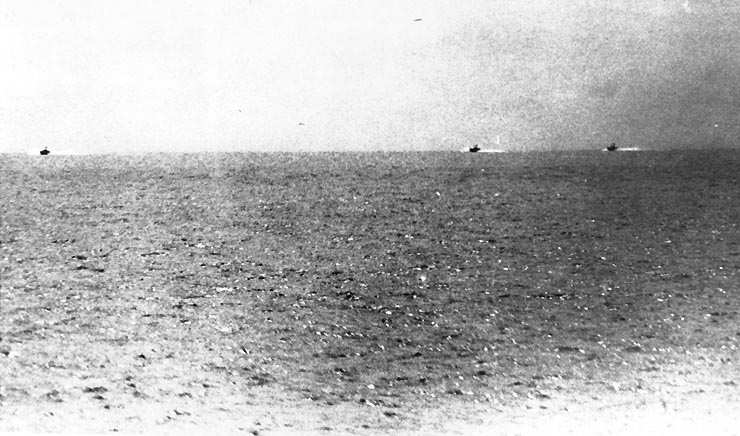
In 1963, George Stephen Morrison took command of the Essex-class aircraft carrier, USS Bon Homme Richard (CV-31). In August 1964, he was aboard the vessel and tasked with commanding the US Naval forces in the Gulf of Tonkin.
On August 2, 1964, several North Vietnamese patrol boats attacked the destroyer USS Maddox (DD-731). There were no US casualties, and the vessel escaped having only been hit by a single bullet. Allegedly, on August 4, both Maddox and the USS Turner Joy (DD-951) reported that several unidentified vessels were approaching their positions.
Both boats began firing at what they believed were North Vietnamese torpedo boats. Almost immediately, doubts emerged as to whether or not this attack had really occurred.
Escalation of the Vietnam War
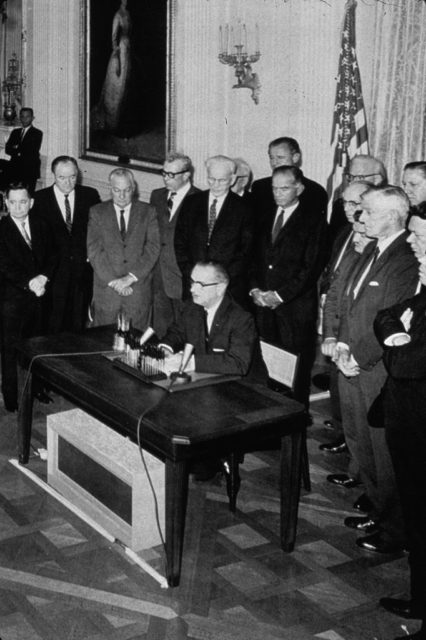
On August 7, 1964, Congress passed the Gulf of Tonkin Resolution, which allowed President Lyndon B. Johnson to escalate US military efforts in Vietnam.
The details of the Gulf of Tonkin Incident had been distorted by George Stephen Morrison, the commanders on the scene, the White House and the Pentagon. The miscommunication on August 4 was perhaps intentional.
Following the second engagement, Morrison and his staff told the US Navy headquarters in Hawaii that the radar returns the destroyers had targeted were probably false ones generated by bad weather. This message was subsequently relayed to Secretary of Defense Robert McNamara, who failed to give those details to Johnson.
George Stephen Morrison after the Gulf of Tonkin Incident
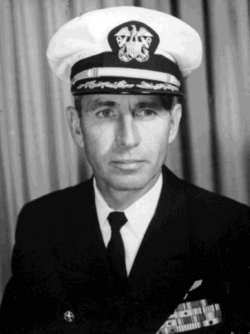
In 1967, three years after the Gulf of Tonkin Incident, George Stephen Morrison was promoted to the rank of rear admiral. Five years later, he became commander of the US Navy’s forces in the Marianas. There, he organized relief efforts for nearly 100,000 Vietnamese refugees sent to Guam in 1975. He later called this assignment “the most satisfying of his career.”
More from us: Vietnam War Movies That Best Show the Realities of the Conflict
On July 2, 1971, Morrison was the keynote speaker at the decommissioning ceremony for the USS Bon Homme Richard. One day later, his son, Jim, died of an accidental overdose in Paris, France.
